Brewing Guide
Brewing coffee is both an art and a science, and with a little knowledge and practice, you can unlock the hidden aromas and flavours trapped within those humble coffee beans. Its a nuanced process that can greatly influence the taste, aroma, and overall enjoyment of your coffee.
Know Your Equipment
COFFEE BEANS
Choose freshly roasted beans of your preference. Consider the origin, roast level, and flavour notes.
GRINDER
used to grind whole coffee beans into the desired particle size for brewing. Options include manual grinders, blade grinders, and burr grinders.
COFFEE MAKER
There are various types of coffee makers available, including:
Drip Coffee Maker: Automatic machines that heat water and drip it over coffee grounds.
Pour-Over Coffee Maker: Manual devices, such as a Chemex or V6Q where hot water is poured over coffee grounds in a controlled manner.
French Press: A plunger-style device that allows coffee grounds to steep in hot water before being pressed down.
Espresso Machine: Used to make concentrated coffee by forcing hot water through finely ground coffee under pressure.
FILTER
Different filter options are available for coffee brewing, such as paper, metal, cloth, ard mesh.
WATER
Generally, the ideal water temperature range for brewing coffee is between 195tF (90zc) and 205’F (9620).
MEASURING TOOLS
A scale or coffee scoop to measure the coffee and water ucurately according to required ratio.
MILK FROTHER
For creating foam or steaming milk for lattes or cappuccinos.
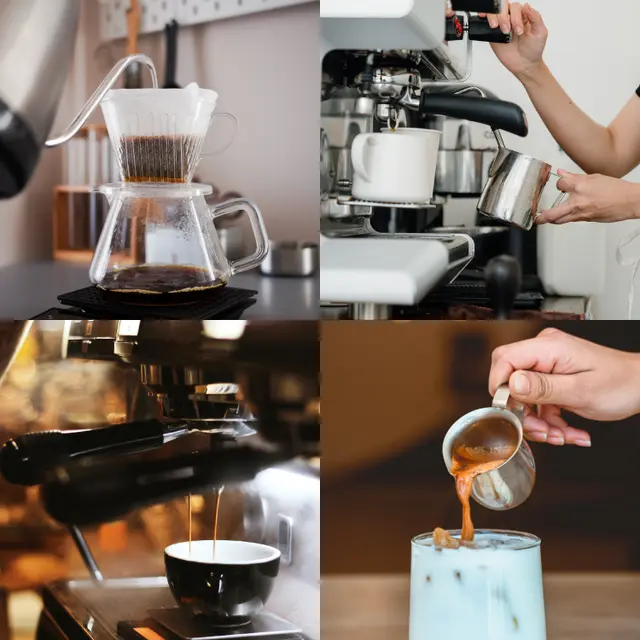
Measurement of Ingredients
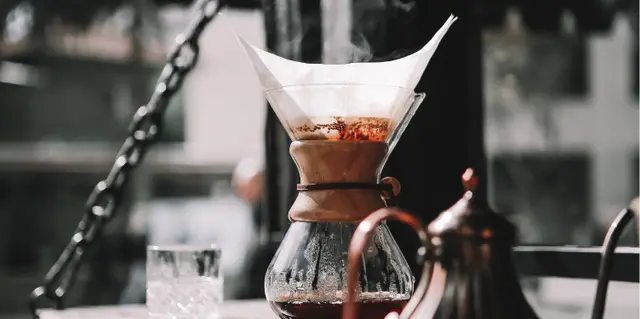
The basic ratio of brewing coffee is 1:16, which means 1 part coffee to 16 parts water, or you can measure using weight around 15 grams (0.53 ounces) of coffee for every 250 milliliters (8.5 fluid ounces) of water. The amount of milk, sugar, and other taste-enhancing objects varies based on personal preference
Grinding
Adjust the grind size based on your brewing method: coarse for French press, medium for drip or pour-over, fine for espresso. Measure the desired amount of coffee beans and grind them accordingly. Use short bursts if using a blade grinder. Aim for uniformity in grind size.
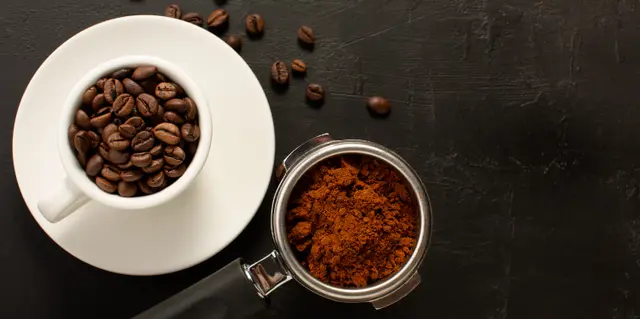
Different Methods of Brewing
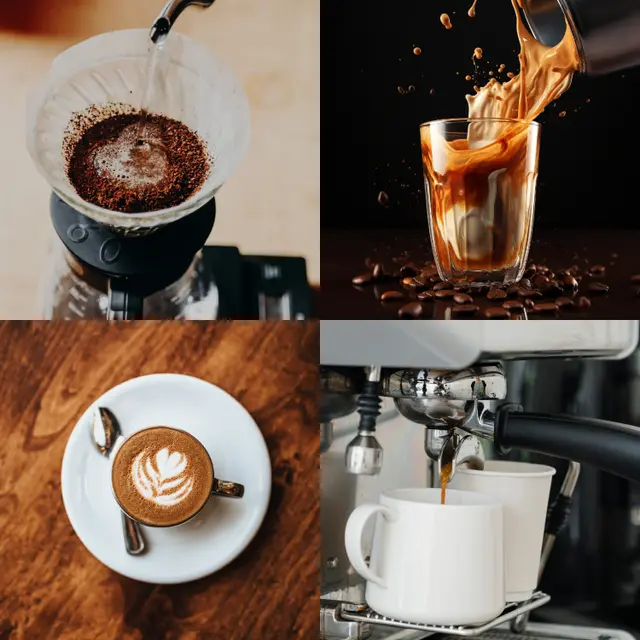
DRIP BREWING
Drip coffee brewing uses automatic drip coffee makers that pour hot water over a filter containing coffee grounds. Its convenient and produces a clean, balanced cup of coffee
FRENCH PRESS
French press is a manual brewing method that involves steeping coffee grounds in hot water for several minutes and then pressing a plunger to separate the grounds. It produces a full-bodied, rich cup with more oils and sediment.
POUR-OVER
The pour over brewing method involves manually pouring hot water over a filter containing coffee grounds in a slow, controlled manner. It allows for precise extraction and highlights the nuanced flavours of the coffee.
ESPRESSO
Espresso is made by forcing hot water through finely ground, compacted coffee under high pressur e. It results in a concentrated, strong shot of coffee with a layer of crema on top. Espresso forms the base for many other coffee beverages.
AEROPRESS
This is a versatile, portable brewing method that combines elements of immersion and pressure. Coffee and water are mixed in a chamber and then pressed through a filter.
COLD BREW
Cold brew involves steeping coffee grounds in cold or room temperature water for an extended period (12-24 hours). The result is a smooth, low-acidity coffee concentrate that is often diluted before consumption.
Serve and Enjoy!
Once the brewing is complete, carefully remove the carafe from the coffee maker. Pour the coffee into your favourite mug. Add any desired milk cream, or sweetener to taste. Take a moment to appreciate the flavours of freshly brewed coffee.
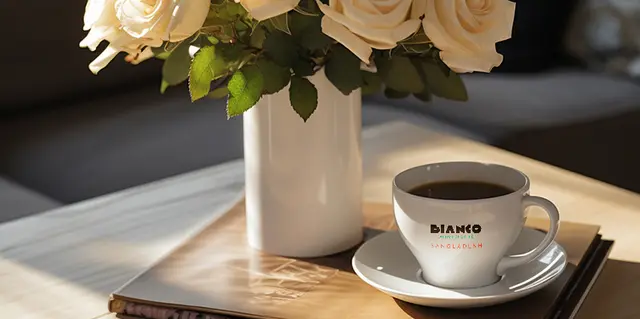
Good Coffee Brewing Habits
- Freshness is key to a flavorful cup of coffee. Always use freshly roasted beans and grind them just before brewing to grab the best aroma.
- Store your beans in cold airtight containers.
- Ensure that the coffee beans are ground to the ideal size for optimal extraction.
- Keep track of the recommended times for your chosen brewing method.
- Explore different coffee-to-water ratios and brewing methods to find your preferred flavor profile.
